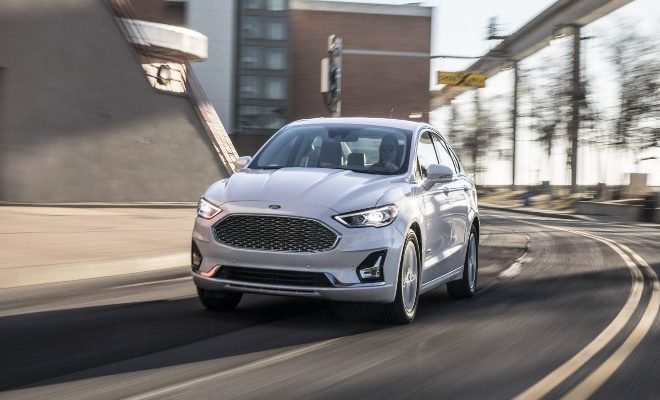How to Choose Car Insurance Coverage?

With so many companies, features and policies to choose from, picking car insurance can be quite overwhelming. But doing a bit of research at the start can help ensure a motorist finds car insurance that covers what they want gives a good customer experience and offers the best value for money.
How to choose a car insurance company
When comparing car insurance companies, there are many factors to keep in mind, such as customer reviews, features and cost. Here are the most important considerations when choosing the best company and to help secure the cheapest price.
First, have a look at Trustpilot and reviews.co.uk to get a sense of the customer experience had by real customers. Note that many online reviews reflect the sales process, not the claims process. Scroll through to look for specific references to claims. Also, have a look at independent, professional car insurance reviews by companies like NimbleFins.
Investigate how policyholders can access customer service, should they need to. Some cheap car insurance companies don’t have phone call centres, instead only operating online customer service. This doesn’t suit everyone. Motorists who want to pick up the phone and talk to a human when a problem arises should keep in mind that not all companies operate call centres these days.
Next, consider the features provided with a policy. Does it include popular add ons such as breakdown cover, legal expenses, personal accident, key cover and courtesy car (e.g., a courtesy car when a car is in for repairs after an accident or written off or stolen)? Or are these offered as add-on features? If they’re add ons, how much do they cost? Also, check out Defaqto, which is independent and rates specific car insurance offerings by features, awarding between 1 and 5 stars.
And then, there is the price. How does the offer compete when compared to other offers in the market? Car insurance is highly competitive in the UK, yet some companies will charge multiples of others for the same profile. Each car insurance company uses its own pricing model to analyse expected risk so that pricing can vary from one to the next. Also, car insurance companies in the types of risk they are happy to take on. For example, one firm might specialise in insuring young drivers or drivers who’ve had an accident recently; other insurers might shy away from these types of drivers and charge astronomical rates for them as a result.
Using a comparison site is known to be the best way to compare many quotes quickly. Fill in one form with details and get potentially dozens of offers back within seconds. That said, some high-quality car insurance companies like Direct Line and NFU Mutual are not on comparison sites. If price is a big concern, check multiple sources before deciding upon an offer.
What type of cover is best for car insurance?
Of the three types of car insurance, comprehensive cover is best. Unlike lower tiers of cover, comprehensive policies cover a car if it’s damaged in an accident that is the policyholder’s fault. (If a car is damaged in an accident that is someone else’s fault, the repairs should be covered by their insurance.)
Comprehensive car insurance also covers third parties for at-fault injury or damage (like the lowest tier of cover, Third Party Only or TPO). It covers a car against damage or loss due to fire or theft (like Third Party, Fire and Theft or TPFT).
Regardless of the company, a comprehensive policy will offer its best coverage.
What deductible should I choose for car insurance?
The two biggest factors to remember when choosing a deductible for car insurance are the size of the excess and how it affects the insurance rate. Is the deductible affordable if a claim is made? The deductible, also known as the excess, is the amount a policyholder pays towards a valid claim. Motorists should only choose an excess that they can cover if they need to make a claim. If a motorist can’t find funds to pay the deductible, the repair shop might not carry out needed work if a car has been damaged in an accident, for example.
Then also, take into account how the excess has impacted the insurance rate. Choosing a higher excess should lower the premium, but sometimes not by much.
In summary
To recap, when choosing the best car insurance company and coverage, consider:
- The insurance company
- The level of cover (Comprehensive, TPFT or TPO)
- The features
- The price
- The excess
Keep this list handy and ensure all points are acceptable before deciding because ending up with the right company can make a real difference to the experience later on.

















